
Greenpeace Modekonsum in Zeiten von Fast Fashion
A new Greenpeace report has exposed the biggest false green claims made by major global fashion labels. Here's what it found. Sustainable fashion claims by big brands - can they be trusted? Sustainability sells. And fashion labels make incredible claims to appeal to a new kind of consumer.

Greenpeace la campagna Detox è un successo. Ma a dare l’esempio sono fast fashion e sportswear
Plastic Blog The fashion industry is a multi-billion dollar industry and fast fashion is increasingly being viewed in the same basket as single-use plastic. The similarities between plastic and fast fashion aren't immediately obvious, but when you dig a bit deeper they are striking.
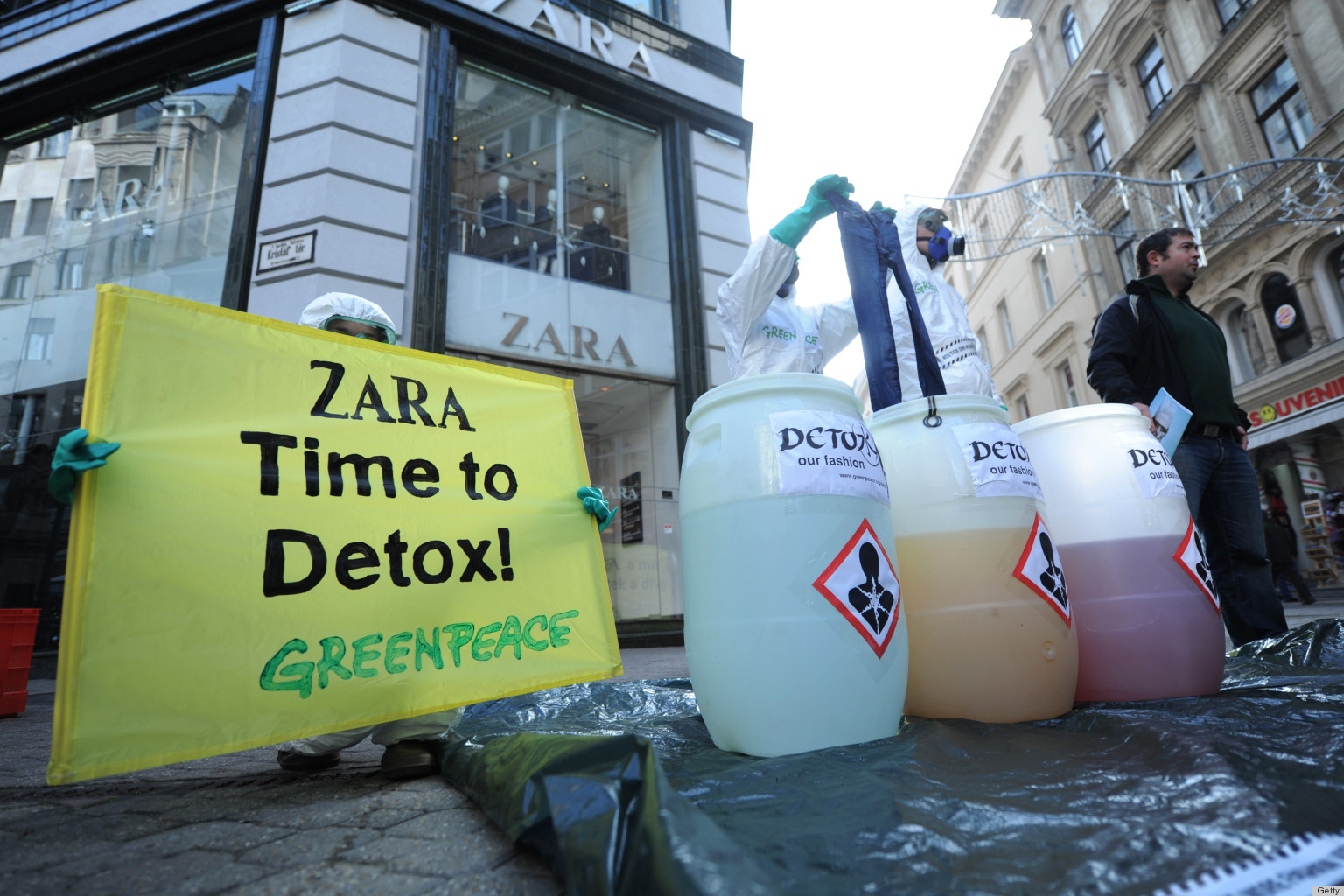
Chemicals In Fast Fashion Revealed in Greenpeace's 'Toxic Threads The Big Fashion StitchUp
Greenpeace described greenwashing as a "symptom of the bigger disease": the "destructive system of the linear fast fashion business model which can never be sustainable.". "If fashion brands honestly want to address their environmental and social impacts they need to work towards creating slow, circular fashion that respects.
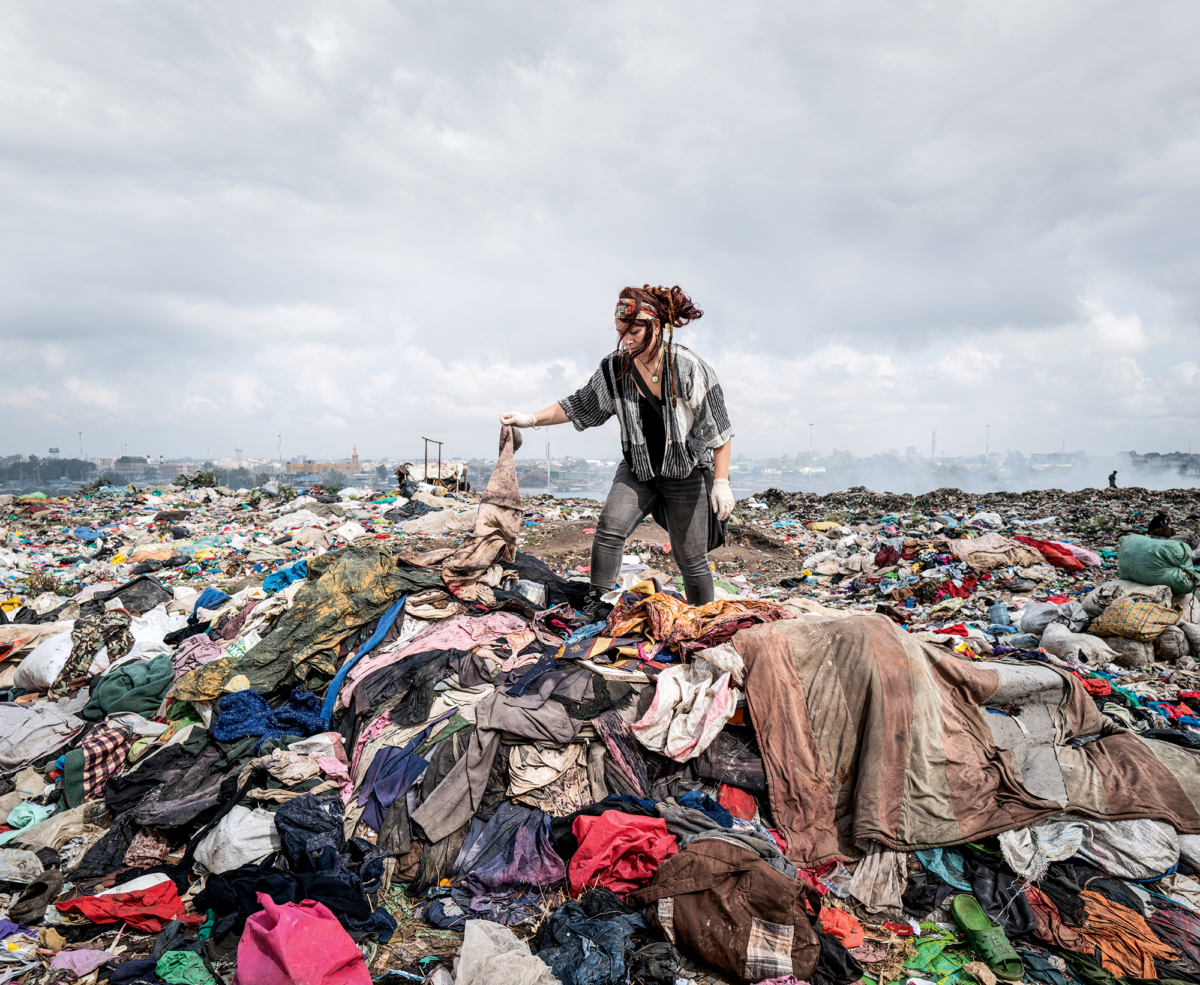
„Fast Fashion muss aufhören“ Greenpeace Nachrichten
2025 The rise in the production and consumption of fast fashion Fast, cheap fashion has changed the way we dress; it has also changed the way we think about clothes and what we do with them.

Are you a Victim of Fast Fashion? Greenpeace India
Detox My Fashion - Greenpeace International Detox My Fashion Who's on the path to toxic-free fashion? Global fast fashion brands are churning out more clothes than the planet can handle. Today's trends are tomorrow's trash, with our clothes made cheaply and disposed of quickly.
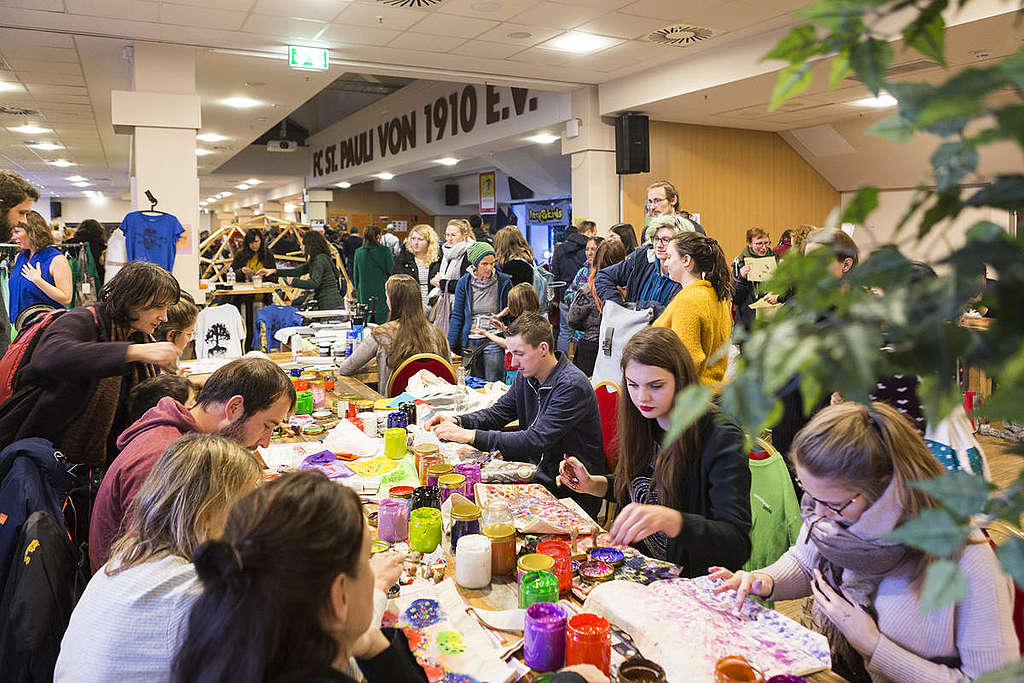
Fast fashion de tu armario al vertedero Greenpeace México
1. Fashion is the world's second-largest polluter after the oil industry Production of fabric is a huge carbon emitter, releasing the equivalent of 1.2 billion tonnes of CO2 into the atmosphere - more than international flights and shipping combined. (I know right?!) 2. People buy 80 billion garments around the world every year
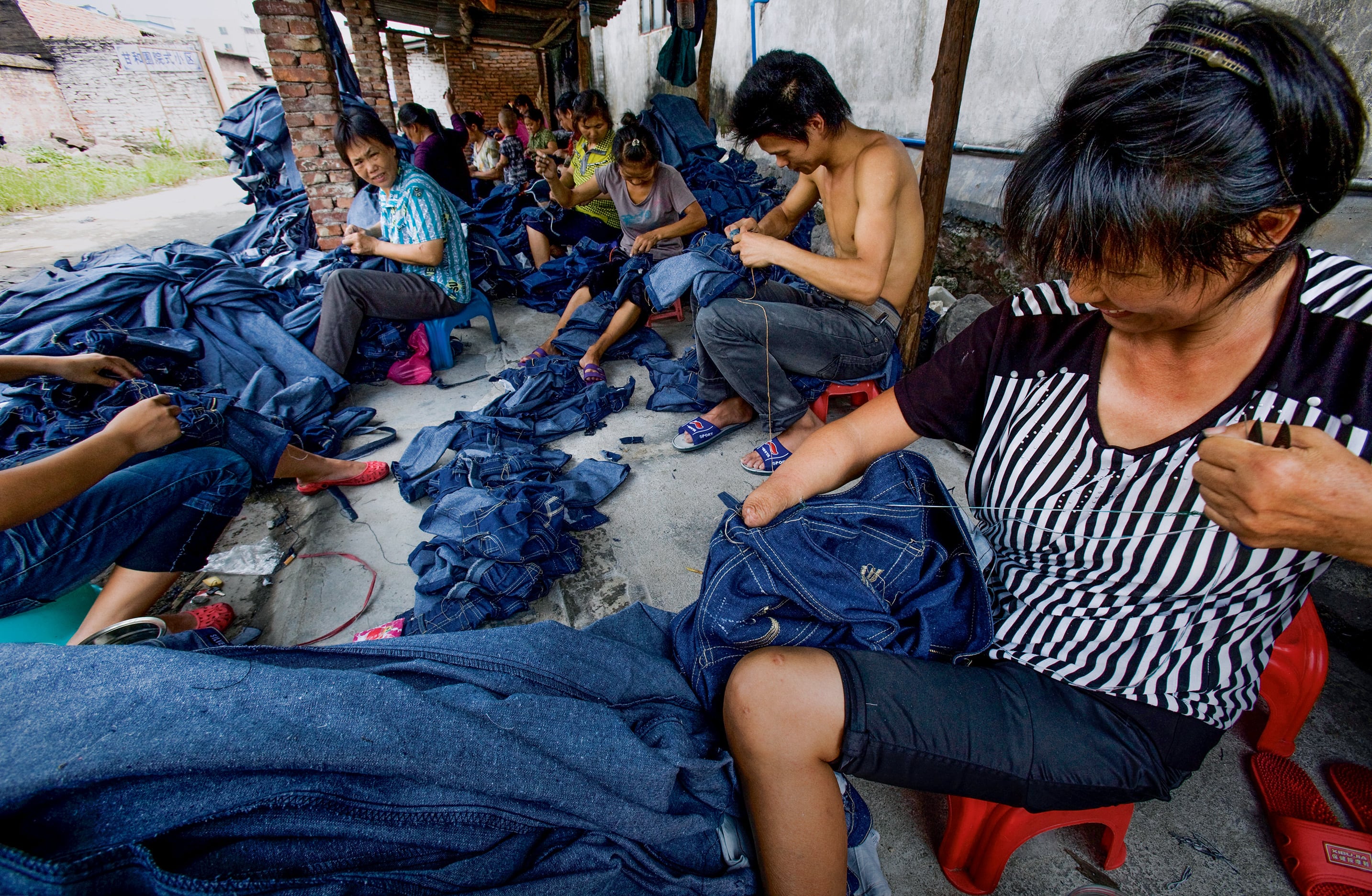
Die Schattenseite der bILLIGmode Greenpeace Nachrichten
The concept of donating clothing "for charity," too, is a fallacy. The secondhand clothing business is a brisk one, growing ten-fold between 1990 and 2004 to roughly $1 billion in value. Of the dresses, T-shirts or jeans that people "donate," only between 10 percent and 30 percent is resold in the country where they were collected.
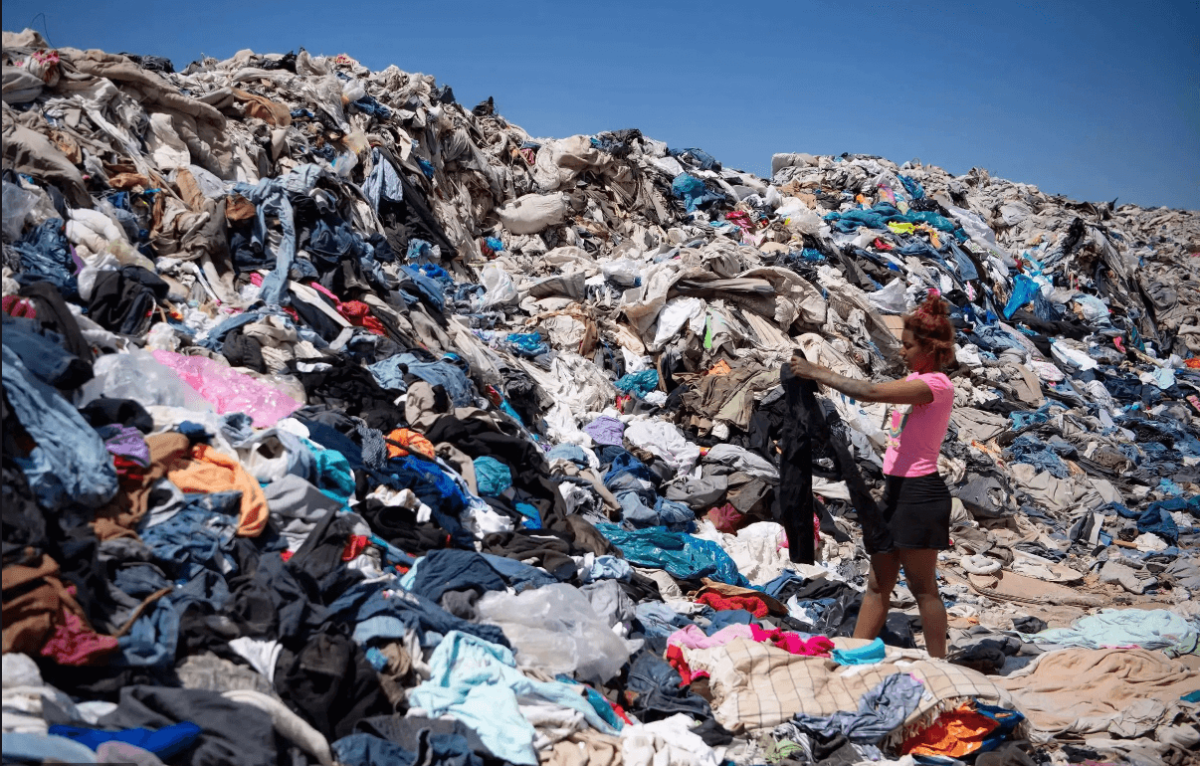
Fast Fashion, conoce qué es y cómo contribuir al medio ambiente GDI Uniformes
Most fast fashion contains fossil fuels Plastic is made from oil and gas. Polyester is a thread made from plastic, woven into fabric. It's thought over half of the clothes produced today use synthetic materials like polyester. These materials often do not break down or can't be recycled, which creates a massive plastic waste problem.
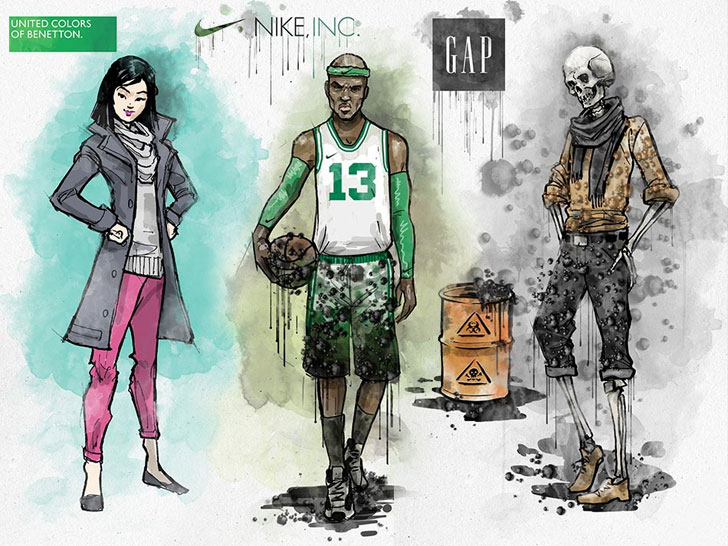
Fast fashion is a plight on people, the The McHenry Messenger
"Greenpeace Germany's findings show that the use of hazardous chemicals underpins SHEIN's ultra fast fashion business model, which is the opposite of being future-proof," warned Viola.
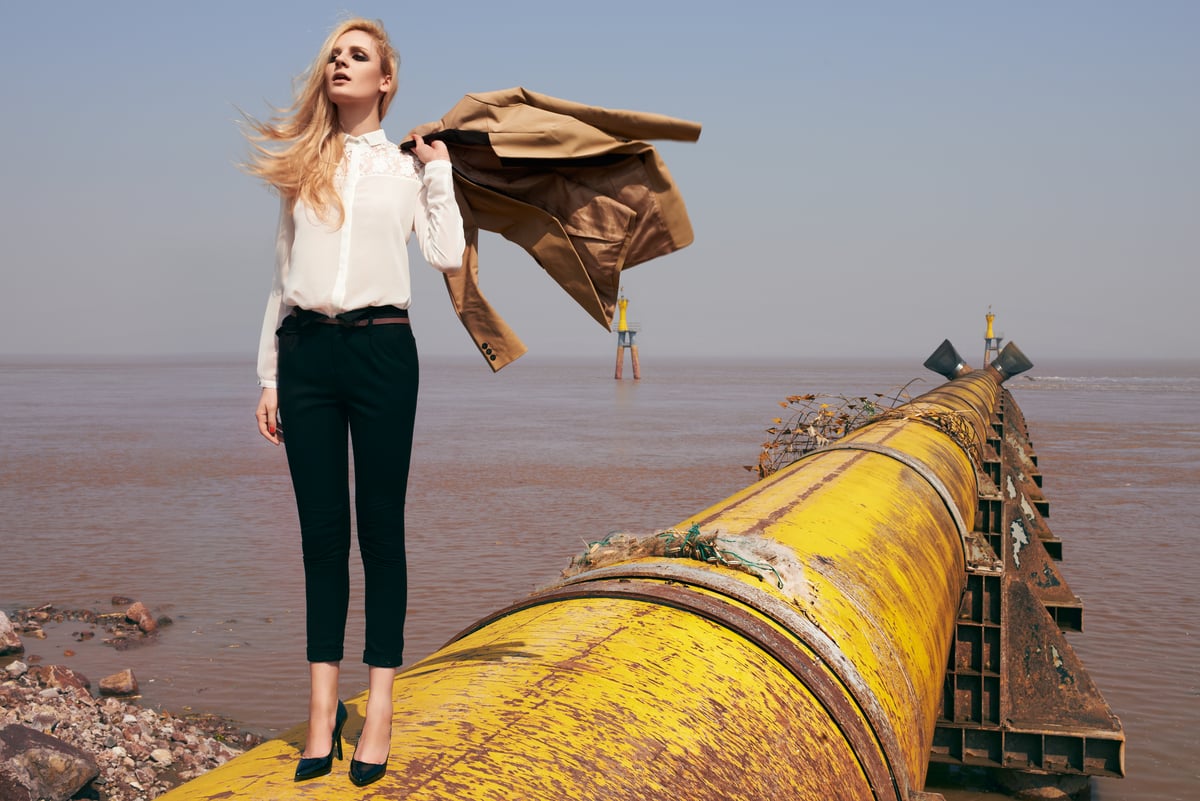
Fast fashion de tu armario al vertedero Greenpeace México
One obvious reason is fast fashion. In an era of fashion bloggers and getting Insta-famous, being seen in the same outfit has been enough to warrant a "tsk-tsk" from the fashion police. Just over the last five years, the top fast fashion retailers grew 9.7 per cent per year, topping the 6.8 per cent of growth of traditional apparel companies.

Greenpeace « Ecouterre
Photo: Sam Fong / Greenpeace Get tomorrow's headlines first thing As the fashion industry continues to grow, the strain it puts on the environment intensifies, with even English fashion designers like Phoebe English describing it as a "monstrous disposable industry".

Fast fashion de tu armario al vertedero Greenpeace México
23rd November 2020 Climate change Blog This is going to hurt, but it needs to be said: fashion is a disaster in terms of its environmental impacts. And as a nation, our fast fashion addiction is getting worse - thanks to surges in online shopping due to Covid-19.
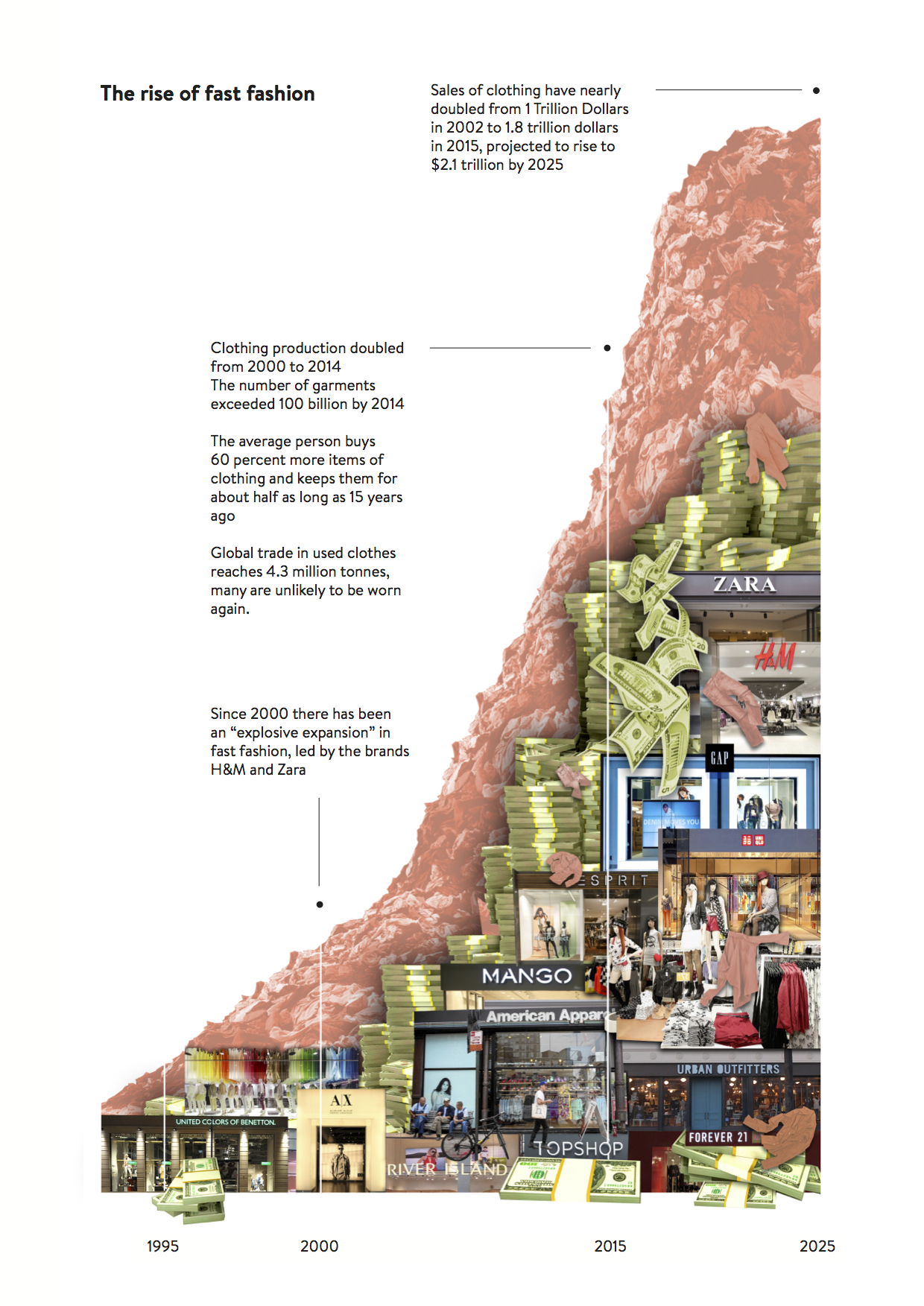
What are microfibers and why are our clothes polluting the oceans? Greenpeace International
2nd July 2020 General Blog Fast fashion is bad for the environment. From growing and processing cotton, which uses a lot of water, overuse of synthetic fabrics which don't biodegrade, to manufacturing and transport, fashion is shockingly high-polluting.
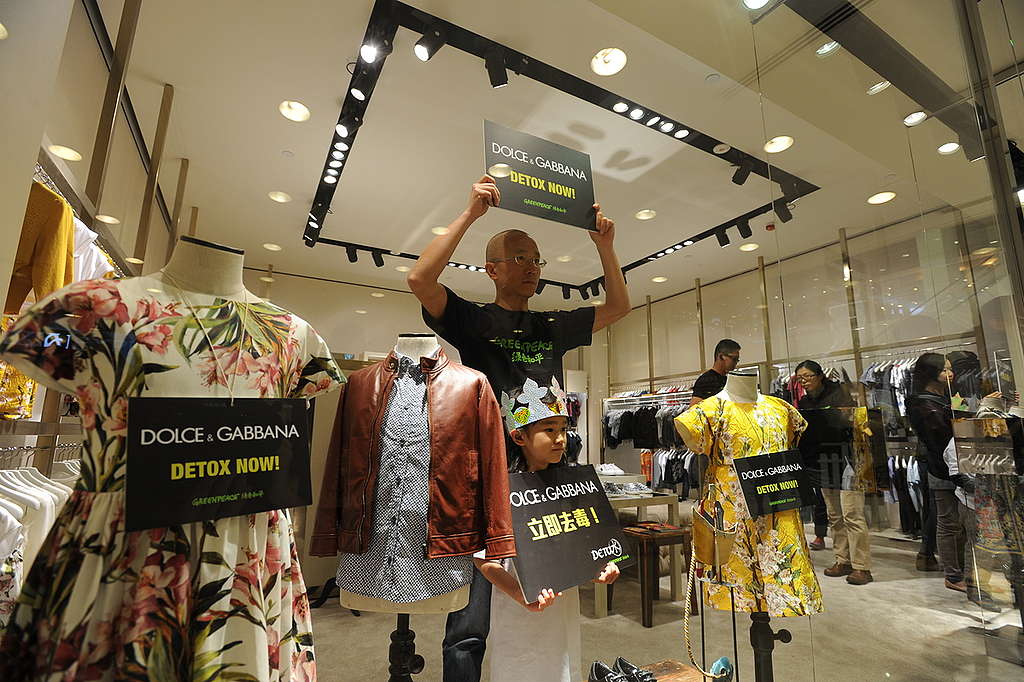
Fast fashion de tu armario al vertedero Greenpeace México (2022)
The goal was "slowing the flow and closing the loop". Now, one year after the 2020 deadline, Greenpeace is assessing the progress of 29 brands that committed to the campaign in 2010, resulting in the published report. Some of the brands are Adidas, Burberry, Fast Retailing (Uniqlo), H&M, Inditex, Nike and Valentino, to mention a few.

Greenpeace Illegal timber from Cameroon's rainforests landing in Chinese ports
— Greenpeace (@Greenpeace) April 15, 2022 The reality is, that only a small amount ( about 10 to 30 percent) is actually resold in the country where the clothes were collected. Some are downcycled into lower grade products like rags, and more than half of them are exported for "reuse", mostly to East and West Africa and Eastern Europe.
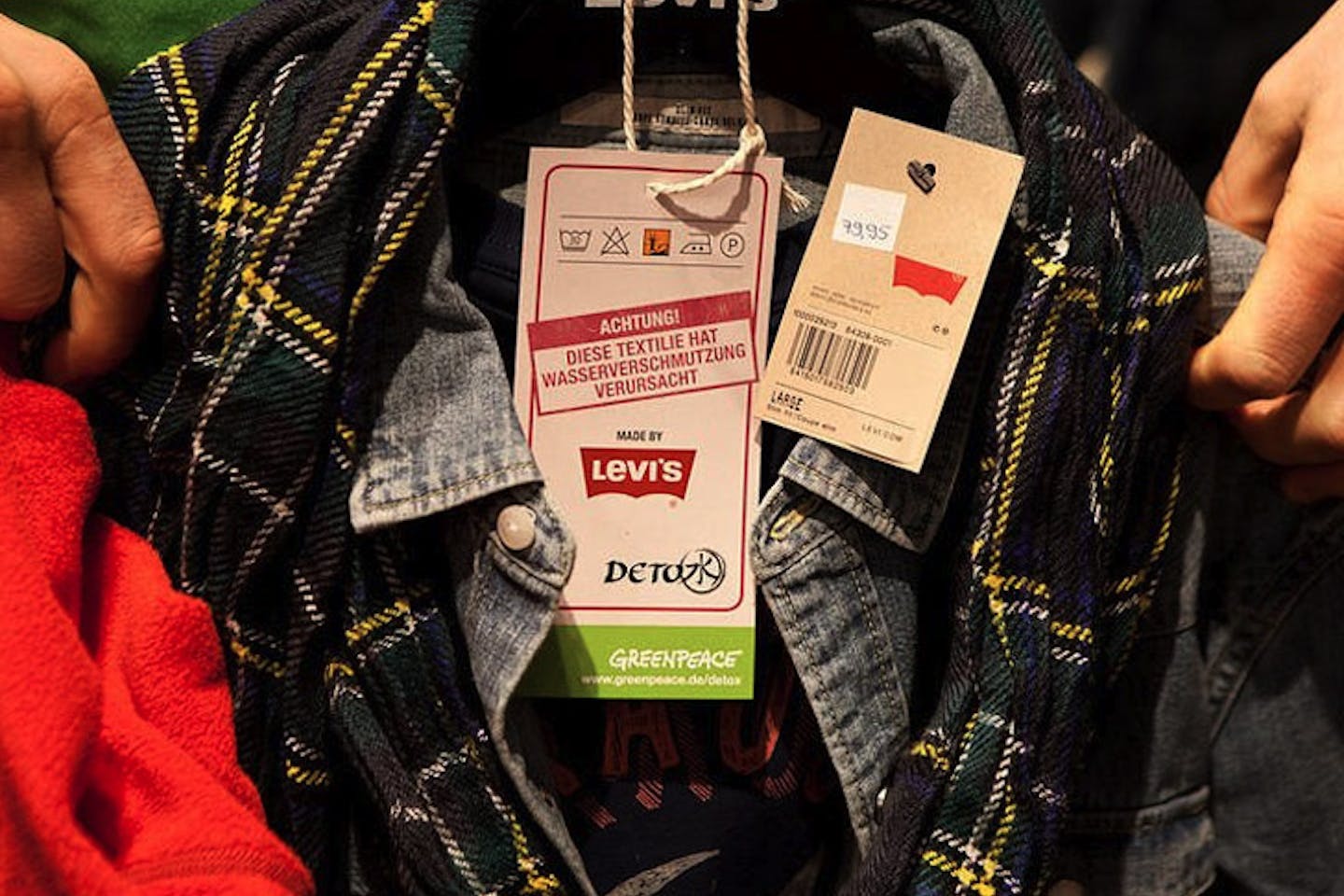
Are consumers done with fast fashion? Opinion EcoBusiness Asia Pacific
Fast fashion will never be green." Ends. Notes [1] Self regulation: a fashion fairytale, Greenpeace has proved that Detoxing fashion supply chains is a game changer; but without regulation, fashion as usual will continue its destructive impacts on the climate - full report by Greenpeace Germany available here.